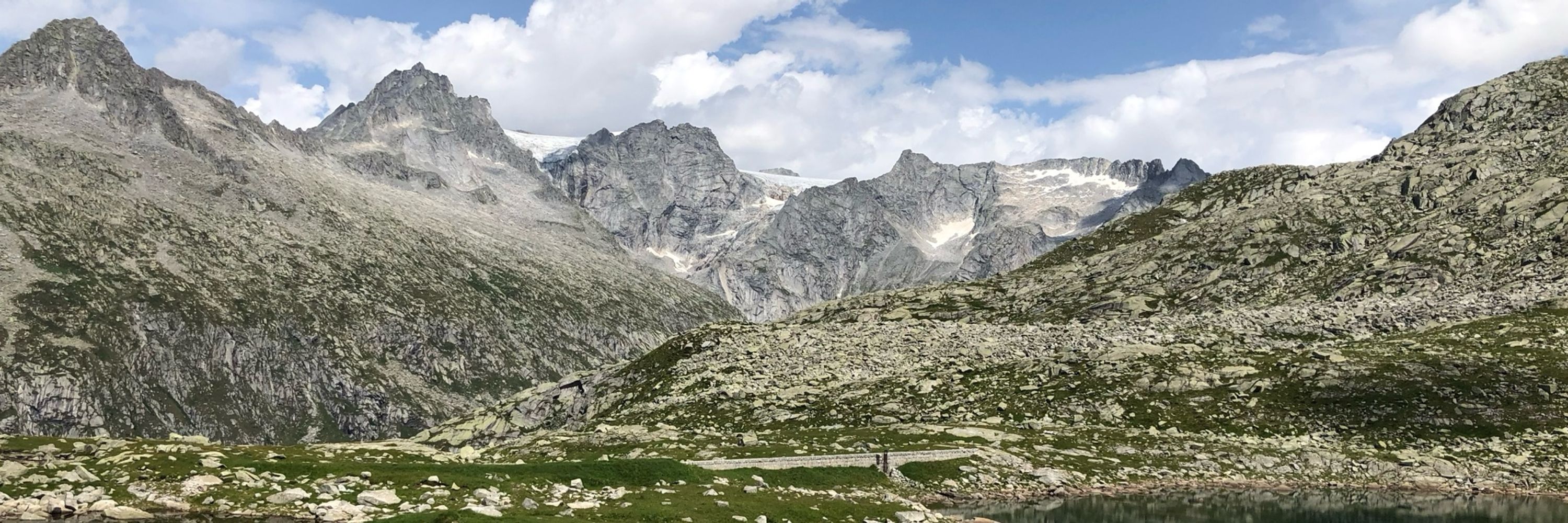




We looked into the effects of pressure and fO2 on arc basalt differentiation - it's not just oxide stability!

We looked into the effects of pressure and fO2 on arc basalt differentiation - it's not just oxide stability!
OA: dx.doi.org/10.1029/2025...

OA: dx.doi.org/10.1029/2025...
doi.org/10.1093/petr...
doi.org/10.1093/petr...
Great to be part of the team!

@crpg-nancy.bsky.social
www.nature.com/articles/s41...

@crpg-nancy.bsky.social
www.nature.com/articles/s41...
doi.org/10.1016/j.ep...


doi.org/10.1016/j.ep...

